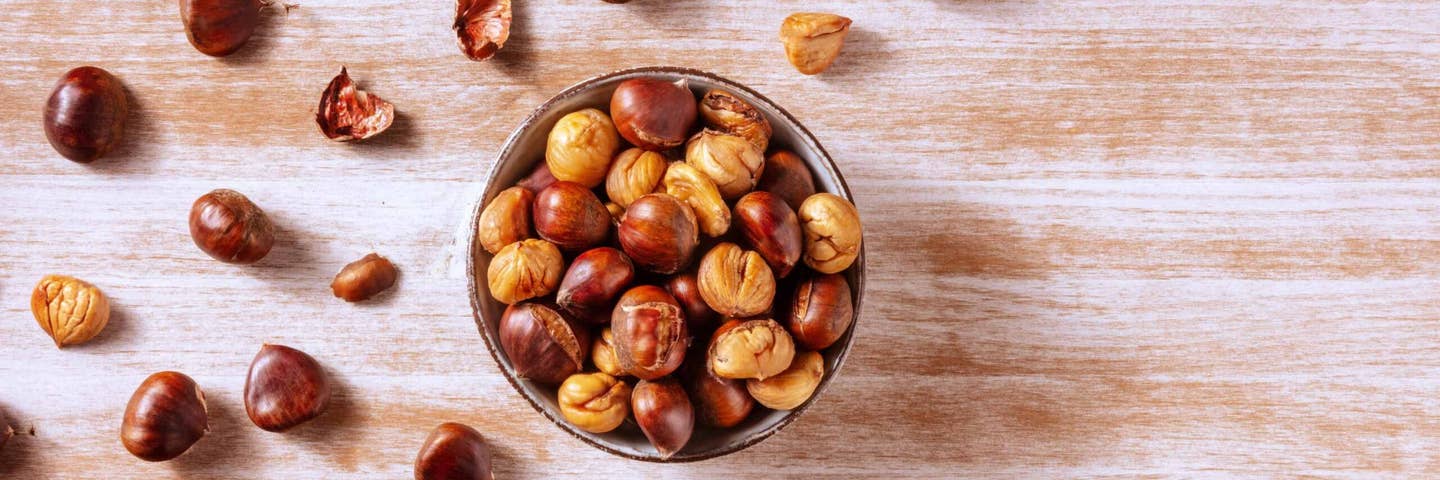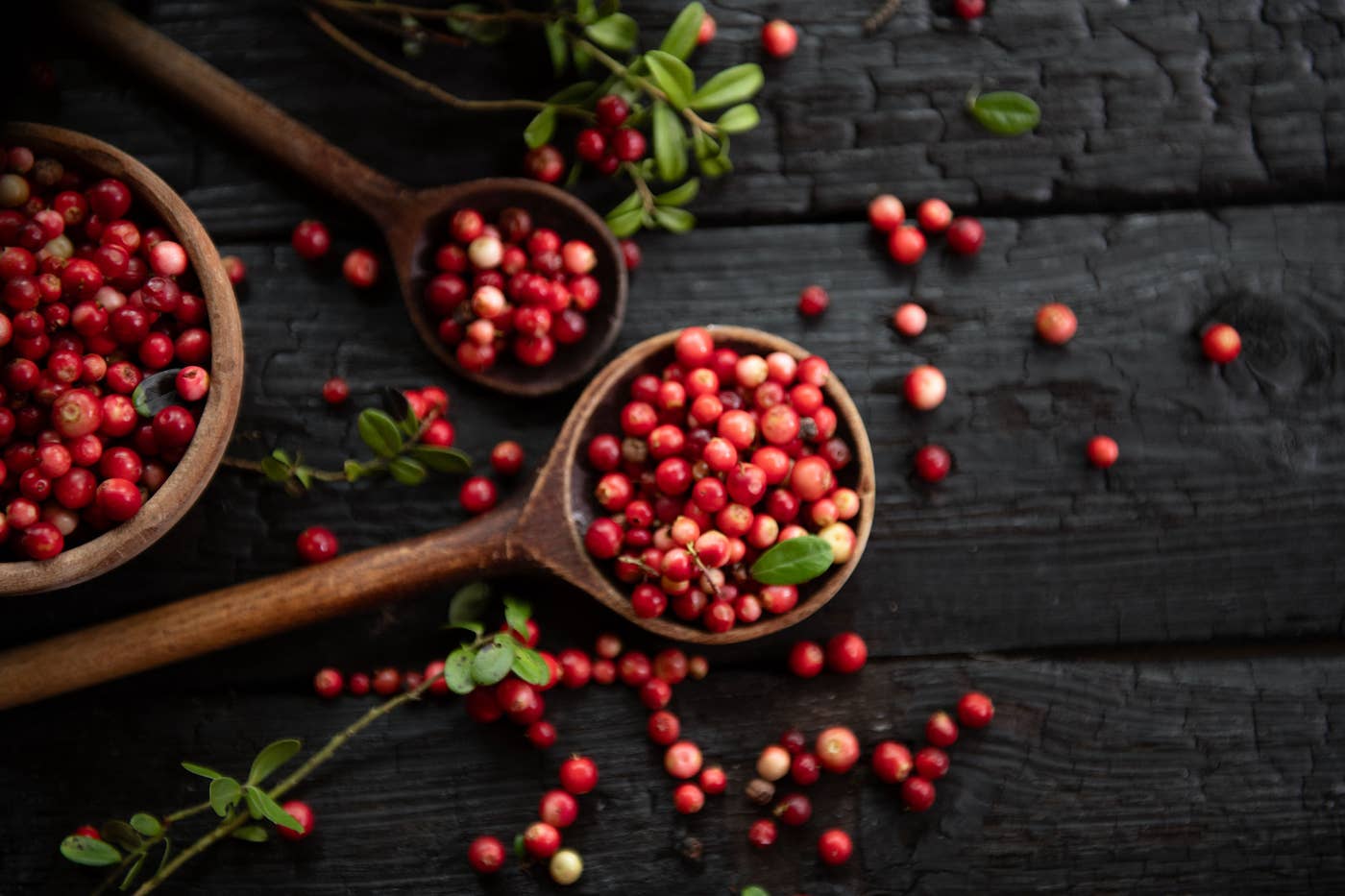Editor’s Note: In January 2019, the Institute of Culinary Education launched the Natural Gourmet Center, a plant-centric and wellness-driven culinary arts program. We’ll be featuring plant-based cooking tips from their instructors here.
What Is Buckwheat?
Though frequently used culinarily as a cereal grain, buckwheat is actually a seed. It’s a great source of fiber, vitamin B6, and minerals such as magnesuim and zinc. It is naturally gluten-free and can be purchased roasted, as unroasted groats, as noodles, or in flour form.
Buckwheat has a deep earthy and nutty flavor. In its unroasted form it is pale green and usually sprouted, and it is labeled as "groats." When you see buckwheat in its light tan form, it has been roasted. Roasted buckwheat, commonly known as “kasha,” is tender and grain-like, and it works well in porridge.
How to Store It
Store buckwheat just as you would store other grains: in an airtight container in a cool, dry, dark location. Use within a year of purchase. Keeping it away from heat, moisture, light, and air will prolong its shelf life.
How to Use It
Pancakes, Blinis, and Crepes: Use buckwheat flour in place of regular flour when making batter for pancakes, blinis, and crepes. Craving something savory? Use fresh herbs such as rosemary or ground pepper to make a batch of blinis for a snack or party hors d’oeuvre.
Soba Noodles: “Soba” is actually the Japanese word for buckwheat. Pick up some soba noodles at the grocery store, cook according to package directions, chill in the fridge until cold, and then make a quick, cold noodle salad: Toss noodles with sliced bell peppers, jalapeño, and scallions; minced garlic; and a dash of low-sodium soy sauce or tamari. Or serve soba noodles in your favorite hot broth, topped with chopped cilantro.
Granola or Trail Mix: Mix sprouted buckwheat groats with your favorite dried fruit for energizing morning fuel or an afternoon power snack.
Savory or Sweet Porridge: Roasted buckwheat cooks down quickly into a porridge that you can top with sweet items, such as fresh fruit, or savory ingredients, such as toasted nori strips.
Risotto: Mix buckwheat with whole grains—e.g., rice and farro—for a multi-grain dish that is full of texture and flavor. Pair with roasted vegetables that are in season for a complete meal.
Mix with Flour: Blend buckwheat in with whole wheat flour (or almond flour, or another flour of your preference). Use the blend in baked goods for Make your own flour blend for more tender products, a rich hue, and a deep, earthy finish.
Natural Pairings: Buckwheat can be slightly bitter, so pair with ingredients such as citrus, fresh herbs, or your favorite natural sweetener, such as pure maple syrup or Date Paste.
Additional Tips
Sprouting Groats: Soak raw groats in cold water for a few hours. Drain and allow to sit in a strainer over a bowl covered with a towel. Rinse twice a day for one to two days.
Do Not Rinse Roasted Buckwheat: When using the kasha variety, there’s no need to rinse, since the grain has already been roasted.
Related News
Try Our Top-RatedMeal Planner Free

Forks Meal Planner takes the hard work out of making nutritious meals the whole family will enjoy.
SAVE $200 ON OUR ULTIMATE COURSE

Join our best-selling course at a new lower price!





